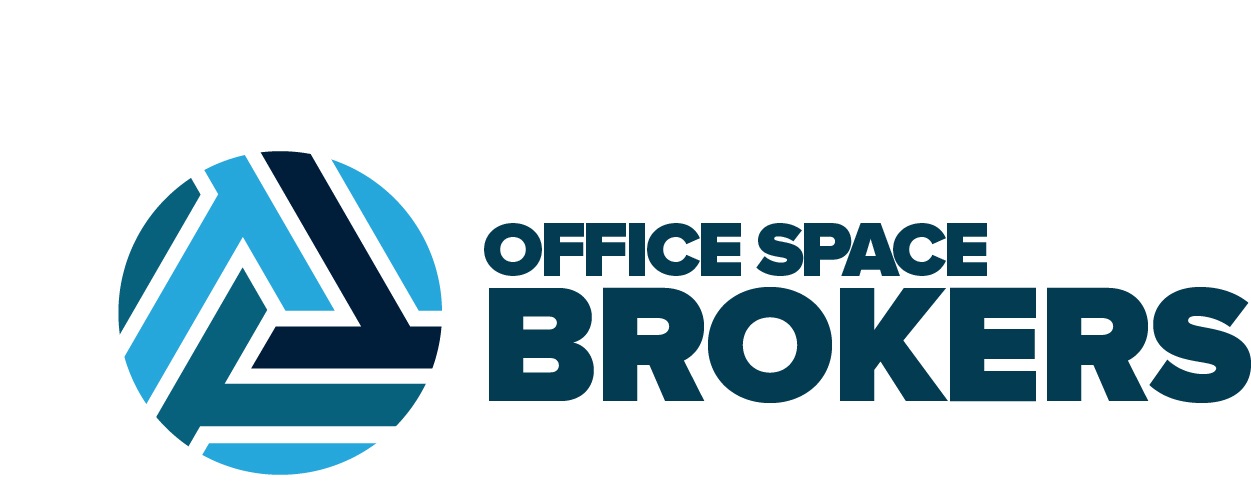Share This Post With Your Friends
Q1 2024 Important Highlights:
Tampa Bay:
- The metro area’s unemployment rate has reached an impressive low of 3.3% compared to the 3.8% national average.
- 3 Of the Fastest Growing Counties in the US are located in Tampa Bay Metro:
- Polk County at 12.1% of change
- Hillsborough County at 4.8% of change
- Pasco County at 11.8% of change
- Tampa Riverwalk in Downtown Tampa was named “Best in America”
Office Market:
- Leasing activity and demand has been focused on Class A buildings in Westshore and Central Business District (CBD) in Downtown Tampa, with over 60% of the leasing activity.
- Westshore and Downtown Tampa asking rents are +/- $7.00 PSF above the average of the surrounding areas, proving the demand for these particular submarkets for their location, amenities and quality buildings
- Leasing activity is +/- 11% down Year-over-year
- Vacancy rate in Tampa CBD is 12.8% and Westshore in 19%.
Let’s Talk Rent Numbers:
| Submarket | Overall Ave. Asking Rent-All Classes | Overall Ave. Asking Rent Class A |
| Westshore | $34.00 Sq. Ft. | $39.25 Sq. Ft. |
| Downtown Tampa | $41.45 Sq. Ft. | $43.81 Sq. Ft. |
| Northwest Tampa | $27.05 Sq. Ft. | $28.38 Sq. Ft. |
| South Tampa | $36.70 Sq. Ft. | N/A |
| I-75 Corridor | $26.37 Sq. Ft. | $27.10 Sq. Ft. |
| Downtown St. Petersburg | $33.64 Sq. Ft. | $35.50 Sq. Ft. |
New Development Highlights:
- Gas Worx: Ybor City real estate investor Darryl Shaw’s Gas Worx is a mixed-use development remaking older industrial and vacant properties between Ybor and the Channel District into a walkable area planned to have over 140,00 square feet of retail and 500,000 square feet of office space is 50% preleased before ground breaking. Grow Financial and Masonite, are the two current anchor Tenants in preleasing.
- Midtown East: Second phase of Midtown with 177,000 Square Feet of mixed use space is under construction with expected completed in 2024.
2024 2nd Quarter Forecast:
- Labor Market and Economic Indicators: The tight labor market is expected to remain steady with Tampa Bay being with the unemployment rate likely to be around 3.2%, similar to the previous quarter.
- Job Creation: Tampa Bay is anticipated to continue as a front-runner in job creation across the state and career growth in the US.
- Supply: Increased supply of office space in Suburban areas could and with relocation on larger Tenants between submarkets could lead to increased vacancy if the large footprints are not filled with new to market Tenants.
- Demand: Demand for buildings in Westshore and Downtown Tampa and St Petersburg, especially Class A buildings will remain consistent and where majority of leasing will occur.
What Does This Mean for Tenants?
Advantages:
- Increased rent concessions from Landlords: Higher Tenant Improvement allowance towards build outs and providing free rent to decrease overall lease value.
- Favorable Economic Indicators: Low unemployment rate and steady job growth in Tampa Bay suggest a thriving economy. These indicators can lead to a growing customer base and a higher percentage of identifying qualified employees in the area.
Challenges:
- Supply: Existing high-quality buildings will leave tenants with few options regarding new space.
- Construction Costs: Construction costs remain high which increases rental rates for space that require Tenant Improvements.
- Lead Time: Having timelines with buffer built in will give margin for continued slow construction timelines, for architectural drawings, permit approvals and supply chain issues. Tenants with shorter lead time are subject to focus on move-in ready office spaces.
What Does This Mean for Landlords?
Opportunities:
- Low Vacancy Rates For Smaller Suites: Move-in ready Suites under 2,500 SF and are being leased quickly in the Urban Core.
- Turn Key and Spec Suites: Turn key Suites under 3,500 SF for Tenants to quickly move into will provide a competitive advantage over other vacant competing Suites for Tenants who do not have enough lead time for long construction timelines.
- Urban Core: The urban core continues to attract persistent demand. Tenants may be competing for the same Suites which positions Landlord’s to be more selective when evaluating Tenants.
Considerations:
- Tenant Selection: Ensuring that potential Tenants have a strong financial standing and can alleviate risks associated with Tenant turnover or payment issues.
- Tenant Retention: Historically, it is more cost effective to maintain a Tenant then marketing, leasing and Tenant Improvement costs to acquire a new Tenant. Maintaining positive Landlord-Tenant relationships and providing excellent customer service can help ensure Tenants choose to renew their leases, reducing turnover and associated costs.
- Building Location: Buildings located in Suburban areas outside of Urban Core and Westshore will have to be more aggressive with giving free rent, adjusting asking rents and consider adding value ad common areas for Tenants such as shared conference room and etc.
Share This Post With Your Friends

